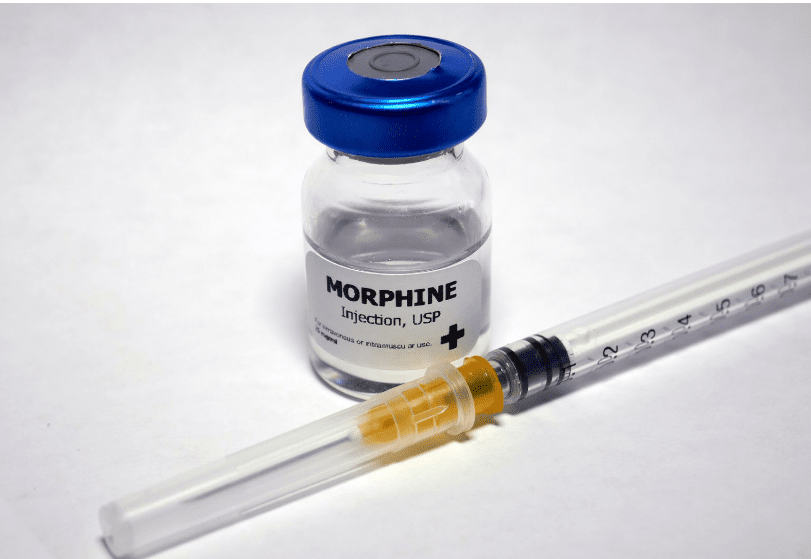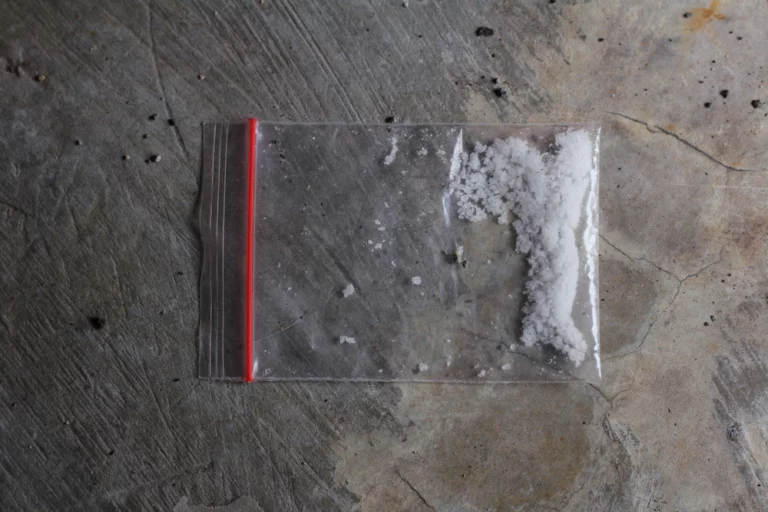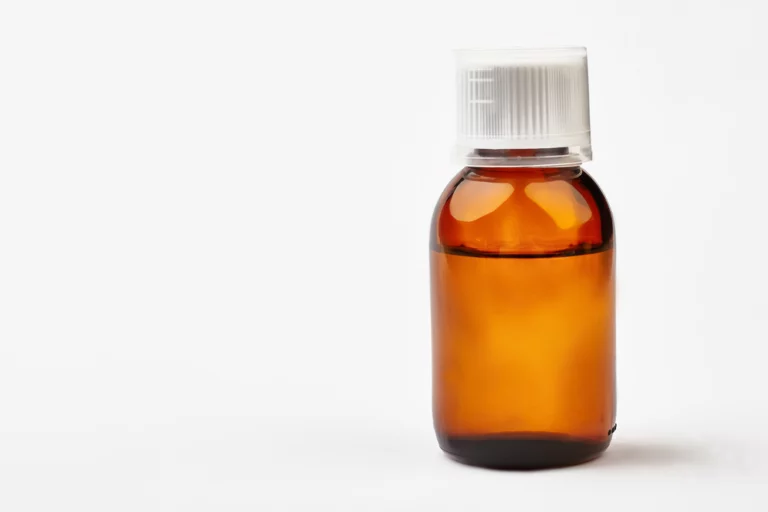How Morphine Use Can Lead to Heroin Addiction
Morphine has a long history going back to the 1800s. Morphine is created directly from naturally occurring opium harvested from poppy plants. The pharmaceutical company Merck began marketing morphine in 1827 but the substance was not commonly used until the invention of the hypodermic syringe in the 1850s. Jumping forward to contemporary times, morphine is used to create opioids such as hydromorphone, oxymorphone, and heroin. Some individuals have an allergic reaction to morphine-based medicines and are instead given codeine-based opiates in a hospital setting. Codeine-based opiates include codeine, hydrocodone (Vicodin), and fentanyl. Abusing any opioid or opiate-based substances can result in dependence or opioid addiction.
Timeline for Morphine Withdrawal
Morphine withdrawal symptoms can begin within six hours after the last dose. After five days, symptoms of morphine withdrawal usually peak. Withdrawal symptoms gradually become less severe after two weeks without use. In some instances, individuals will experience lingering depression after ceasing the use of morphine. In those instances, it’s essential to seek professional medical guidance. Cravings can continue for extended periods of time after cessation of use.
Physical symptoms of morphine withdrawal can include:
- Sweating
- Sinus issues
- Nausea
- vomiting
- Diarrhea
- Loss of appetite
- Muscle cramps
- Muscle spasms
- High blood pressure
- Respiratory issues
Why Morphine Is Still Used in a Medical Setting
Old, simple drugs like morphine are considered by some in the medical field to be safer than modern synthetic opiates and pharmaceuticals. The side effects are typically predictable.
Morphine is used in a medical setting to treat both acute and chronic severe pain. As an analgesic, morphine is effective for between three to seven hours. Common side effects include shortness of breath, nausea, constipation, and itchiness.
The Difference between Morphine and Heroin
Controlled studies have shown that insofar as physiological effects, there is not a substantial difference between morphine and heroin. To put that another way, those who have abused both morphine and heroin typically do not show a strong preference for one substance over another.
Common side effects of both morphine and heroin include:
- Temporary euphoria
- Relaxation
- Restlessness
- Nervousness
- Drowsiness
Surprisingly, some studies have shown that those who abuse opioids and opiates actually prefer older drugs like morphine and heroin to newer substances like fentanyl, hydromorphone, oxycodone, and related pharmaceuticals. This is somewhat counter-intuitive as many of the newer synthetic drugs are more potent. One theory is that the desirable euphoric effects of morphine and heroin are longer-lasting than other formulations of opioids and opiates.
How Morphine Use Can Lead to Heroin Addiction
There are many possibilities for how a person who has used morphine, heroin, or related opioids and opiates can develop an opioid addiction. One reason that is all too common is that a person is given morphine in a hospital setting after an injury or surgery. A person may experience strong withdrawal symptoms after doctors stop providing them with morphine and they may have formed enough of a dependency to have cravings that drive them to seek out related drugs including heroin.
In modern times, the opioid epidemic has made everyday people, doctors, and pharmacists more aware of the risks associated with using opioids and opiates in a medical setting due to the risk of someone becoming susceptible to addiction. Opioids and opiates are highly addictive substances and they are often alternative medications that are effective for both short and long-term use.
A tragically common story is that a person receives a prescription for Vicodin or Percocet after having a minor surgery such as wisdom teeth removal, forms dependency unintentionally, and then becomes trapped in the cycle of abuse.
Heroin is often not pure heroin today. A person who buys a substance called heroin is likely buying a mixture of drugs that include the potent synthetic drug fentanyl. Fentanyl is cheap, comes in many forms, and a very small amount can be extremely strong and addictive. Fentanyl is a culprit in many opiate-related overdoses and overdose fatalities.
What to do in the Event of a Heroin Overdose
Call 911. Ask emergency responders to bring more doses of naloxone.
Attend to the person who appears to have overdosed. If they are conscious, try to keep them awake and talking.
In an emergency situation, if you believe someone has overdosed on heroin or other opiates, attempt to use Narcan (naloxone) to save their life.
When administering the spray form of naloxone, spray once in each nostril of the person. Rub the person’s chest to promote breathing and blood flow throughout their body.
Once emergency services arrive, allow them to take over the situation.
Symptoms of Heroin Overdose
There are many potential signs of a heroin overdose. Some symptoms may include:
- Disorientation
- Confusion
- Hallucinations
- Weakness in extremities
- Lips and fingernails turning a bluish color
- Shallow breathing
- Gurgling sounds
- Unresponsiveness
- Weak pulse
Risk Factors that Increase the Chances of Overdose
Sadly, there are many factors that can increase the chances of an overdose. These include increasing the amount of a substance that is used as well as combining substances.
Factors can include:
- Injecting heroin
- Mixing heroin with alcohol or prescription drugs
- Prolonged use of heroin or other opiates
- Physical health issues
- Mental health issues
- Recent relapse
- Using heroin or other drugs while alone
If you or someone you care about is struggling with a heroin addiction, you may want to consider keeping Narcan (naloxone) on hand in case of an emergency. It’s important to keep in mind that naloxone is a temporary fix.
Risk Factors Associated with Substance Abuse and Addiction
There are many risk factors associated with all varieties of substance abuse and the potential for addiction. Common risk factors for substance abuse and addiction can include:
- Family history of substance abuse problems
- Mental health issues
- Environmental issues
- Peer influence
- Low income household
- Low income community
- Medications easily available in the home medicine cabinet
- Lack of education about risk factors associated with drug abuse
Contact Oasis Recovery to Learn More about Morphine Risks
Before you decide to allow doctors to provide morphine or other opioid or opiate substances in a medical setting, it’s important to be aware of the risks. The potential for developing an opioid addiction should be taken extremely seriously. Contact Oasis Recovery today to speak with a specialist about the risks associated with morphine or our heroin addiction treatment program. All of our rehab programs and services are tailored to meet the individual needs of our clients. We look forward to answering any questions you may have about the dangers associated with opioid and opiate abuse.












